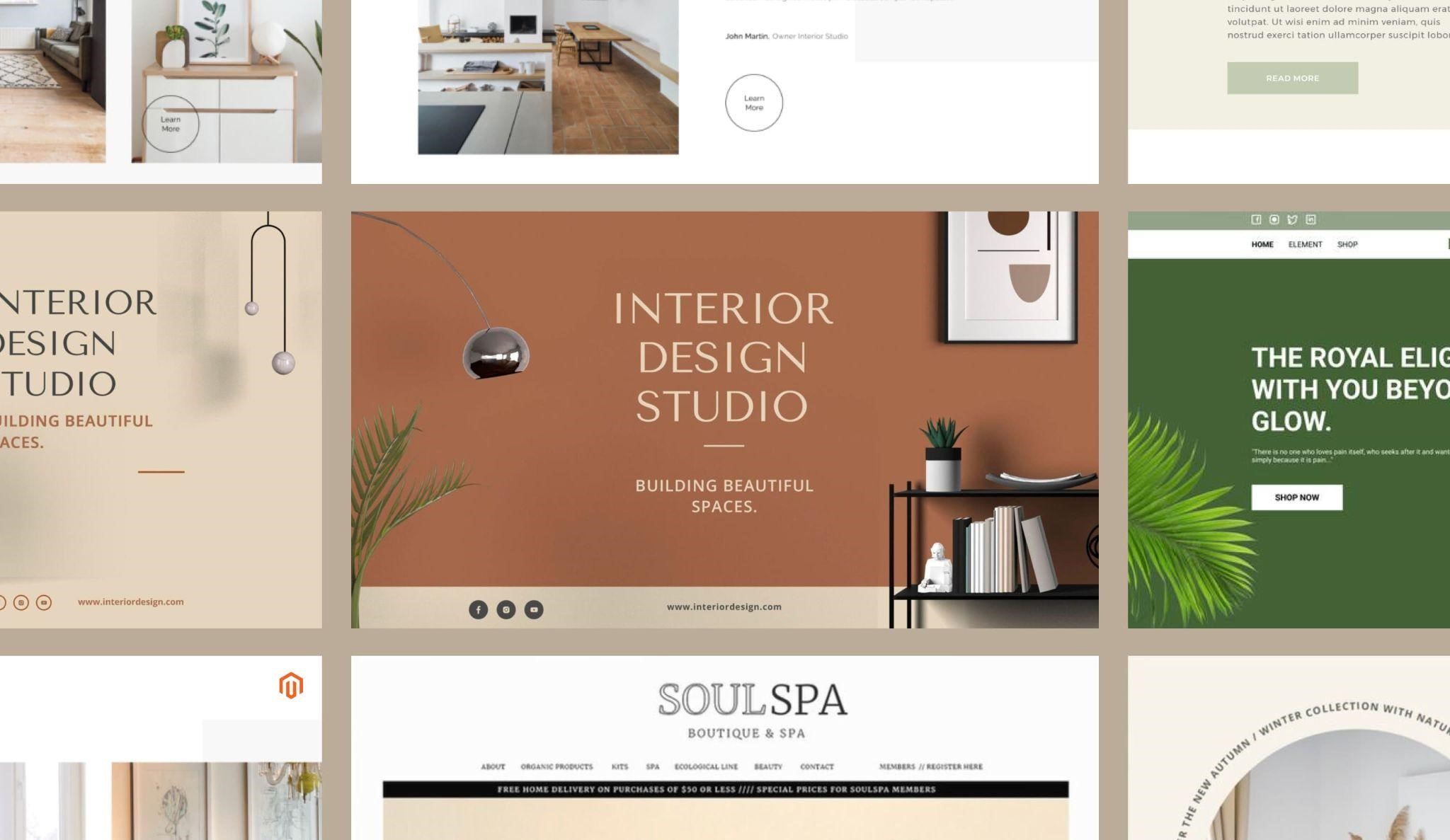
Finding a place under the fierce sun of online shopping, a crowded and saturated beach of good-looking competitors, is not an easy feat. With numbers counting up to 24 million online stores, you must deliver a high-quality web store with all essential ingredients and something unique.
Online retail is showing no stopping. In fact, by 2040, Nasdaq research predicts that 95% of all purchases will be made online. So, if you have a product or want to expand your physical store, there is little doubt that you should invest in an e-commerce business model.
Luckily, numerous quality platforms can help you start an online store. However, to create a feature-rich, cutting-edge solution sprinkled with the latest plug-ins and technologies, you should probably consider custom design.
Advantages of Custom eCommerce Design
While the software development market offers a wide range of ready-made platforms, including eCommerce builders, CRM systems, and ERP tools, these off-the-shelf solutions often fall short when it comes to meeting specific business requirements. In the end, you have to hire developers to adjust the off-the-shelf modules. Creating a custom solution might be a better option if you want to launch or expand your company’s online presence.
While the initial costs of custom eCommerce design are higher than implementing a standard software package, it can offer significant advantages in the long run. Custom-built solutions have lower ongoing costs (like subscriptions and recurring expenses) and do not require licensing fees. Maintenance and updates can be managed more efficiently, and you retain full control over the platform’s evolution. Simultaneously, off-the-shelf products also need adding new features, and with customization, you will be better positioned to stay on top of the technology game.
Security is another vital consideration, particularly when integrating third-party platforms such as ERP systems, payment gateways, and shipping providers. Pre-built platforms often lack advanced security protocols and rigorous testing from the outset.
In addition, scalability becomes a built-in feature of your architecture. As your business grows, a custom solution allows you to expand your website with more product categories and items easily, integrate new services, and enhance performance without major disruptions.
Choosing the right development partner ensures ongoing technical support, proactive maintenance, and a more collaborative relationship than what you would typically receive. If you choose a development company wisely, you can rely on continuous support and proactive maintenance. A collaborative and more personalized relationship is something you would typically receive compared to off-the-shelf solutions from mass-market software vendors.
Magento is one of the most effective ways if you’re looking for an e-commerce platform that allows customization. As an open-source platform, Magento is designed with scalability, performance, integration, and customization capabilities in mind and is supported by a large community of developers.

Magento for eCommerce Web Design: Why So Popular?
In the battle for every customer, eCommerce businesses invest in platforms that offer both flexibility and scalability, such as WooCommerce, Shopify, Magento, and Wix.
Thanks to its open-source architecture and long-standing presence in the market, Magento is widely regarded as the top choice for custom e-commerce design. With over 15 years of continuous development and an estimated global community of more than 300,000 developers, the platform offers an extensive ecosystem of support, extensions, and plug-ins.
As smartphones account for up to 70% of online purchases, Magento caters to this need with built-in support for HTML5 and responsive design. It offers flexible grids, layouts, and optimized images across all screen sizes and devices.
Security is a major concern for both the Magento design services and the client. The platform addresses this with a robust suite of built-in security options and extensions, including AES-256 data encryption, session and cookie validation, and protection against cross-site request forgery (CSRF). Additionally, companies can implement ReCAPTCHA and two-factor authentication.
Whether you’re planning Magento eCommerce web design from scratch or using some of the ready-made components, the platform offers a wide array of tools. Developers are empowered with customization capabilities that help meet precise business requirements.
Performance is also central to eCommerce success. Magento includes an advanced set of in-built SEO features. You can add custom anchor text for navigation links, change the page title and H1 tags, and add canonical URLs to prevent content duplication. The platform’s CMS supports organic link-building strategies. The platform ensures high page loading speeds, which are essential for search engine rankings and a positive customer experience.
Possible Disadvantages of Custom Design With Magento
Though Magento eCommerce design offers exceptional flexibility and functionality, custom development is not a one-size-fits-all solution for every business.
One of the primary concerns for smaller businesses is the high upfront investment required. Hiring an experienced development team can be a significant cost — however, it’s essential to view this as a long-term investment.
Another challenge is selecting the right development partner. Working with vendors who may lack the necessary understanding of Magento’s architecture can lead to delays, budget overruns, or solutions that fall short of expectations.
For businesses needing to launch an online store quickly, platforms with simplified setups may seem more feasible.
Conclusion
For companies seeking a future-ready online presence, a custom Magento design may be the top choice. Magento’s SEO tools, advanced security features, mobile responsiveness, and support for third-party integrations make a powerful foundation for the business.
Find a Home-Based Business to Start-Up >>> Hundreds of Business Listings.















































